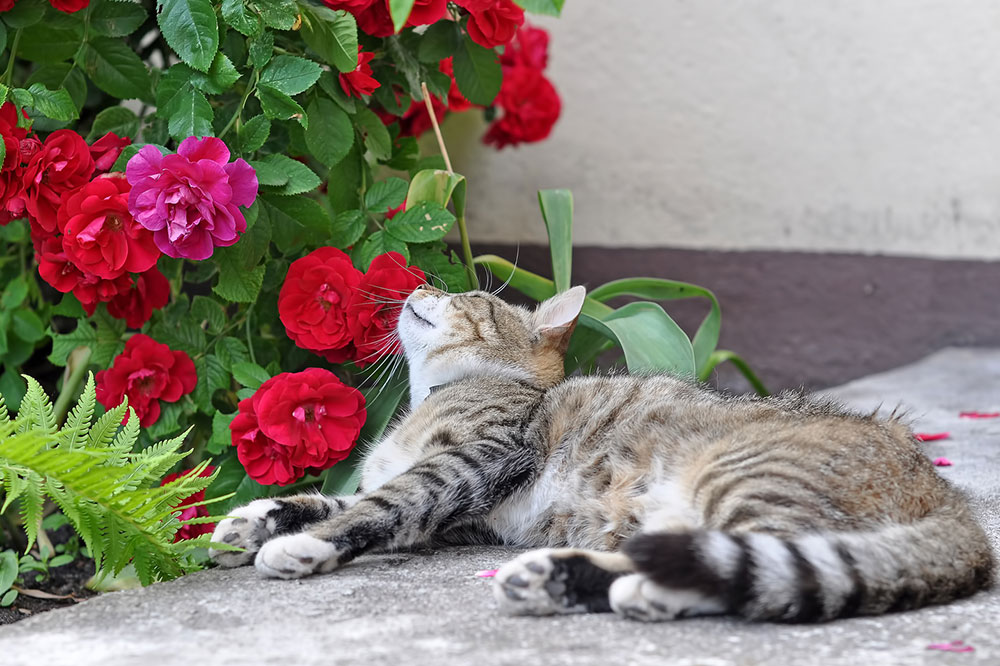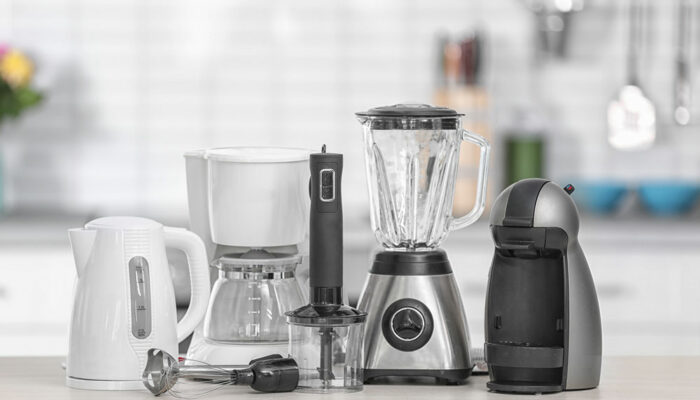
5 Top Toxic Plants for Cats
It is very important to understand which plants are toxic for your pet to ensure no danger for the animal. If you have a cat, there are certain plants that you should not keep in your yard. The toxicity differs among different plants based on the poisonous content in them.
Let us have a look at the most toxic plants for cats:
1. Lilies
All plants belonging to the Lilium species are considered extremely harmful for cats. The different types of lily, including Asian, Japanese, tiger, Easter, Casa Blanca, and stargazer, are all known to cause kidney failure in cats. While we still do not know the poisonous content in lilies, it has been established that ingestion in a very small quantity can also cause kidney damage to cats.
2. Autumn crocus
Autumn crocus, commonly known as meadow saffron or naked lady, is also extremely dangerous to cats and other domestic animals like dogs and horses. The ornamental flowering plant that blooms during the fall is considered incredibly toxic for cats as it has alkaloid colchicine. The entire plant is deemed to be harmful to cats. Cats may show gastrointestinal signs if they ingest the plant. Some of the common signs are drooling, vomiting, and bloody diarrhea. Other complications include seizures, difficulty in breathing, kidney damage, liver damage, and even death in some instances. While sometimes the symptoms show up instantly, often they might take a couple of days to show up.
3. Azalea/rhododendron
The substance called grayanotoxins in rhododendrons induces certain issues such as vomiting, drooling, weakness, diarrhea, and sometimes depression of the central nervous system in cats. Poisoning due to azalea can cause cardiovascular collapse, which leads to coma or death in some instances.
4. Narcissus
All plants in the genus narcissus, which includes the popular daffodils, contain lycorine, a poisonous agent. The main part of the plant, which is toxic, is the bulb. Lycorine present in the flowering spring perennials is known to cause symptoms such as drooling, vomiting, abdominal pain, and diarrhea. Thus, it is one of the most toxic plants for cats. In rare cases, cats may also experience serious symptoms such as cardiac arrhythmia, difficulty in breathing, low blood pressure, and convulsions. If you have a cat, you should not grow daffodils at home and not keep them in the backyard if the cat has access. The daffodil bulbs should be kept away from cats at all times.
5. Sago palm
While all parts of the cycas revoluta, commonly known as sago palm, are poisonous, one should especially keep the cat away from the seeds, which have toxins in high quantity. Some of the health problems that sago palm can cause include diarrhea, depressions, heart failure, seizures, and vomiting.



